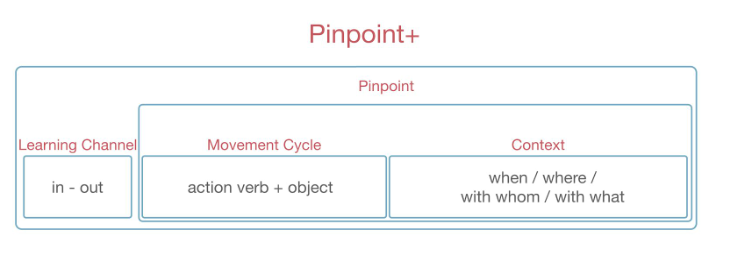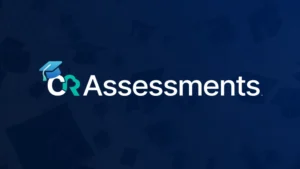By Amy Evans, M.Ed., BCBA
CentralReach Precision Teaching Consultant
When training to become a behavior analyst, we learn about creating observable and measurable definitions of behavior through operational definitions or behavioral objectives, but do we ever stop and think about defining behavior better? Pinpoint behaviors are easier to measure, which can lead to more accurate and reliable data (Smith et al 2013). Precision teachers use pinpoints for this reason, and because these descriptions of behavior have the ability to offer superior analysis and decision making.
When using pinpoints, you may find a smoother selection and shaping process, as a pinpoint helps you focus in on the specific movement to reinforce. Consider a receptive identification task for an early learner. It can be more efficient to shape up a single, very specific movement, such as “hearsee-do points to picture when told name,” than to work from a goal such as “receptive identification.” In the latter case, a clinician may sometimes reinforce a point, sometimes reinforce a slap, and other times, reinforce an unclear gesture towards the correct picture. These small differences can slow the learning process in the long run!
It may seem counterintuitive to be hyper-focused on a specific movement when the purpose of the intervention is to teach a learner to identify an item and not how the item is identified. However, once you’ve seen how this level of precision can accelerate learning, it may be tough to revert to loosely defined behavior targets for early learners.
Of course, once you’ve built a few of these responses into a repertoire, you can shift your focus to flexible responding across varied cues, with a pinpoint like, “hear-do selects picture from varied cues.” The language of pinpointing can help you to begin with intentional specificity and systematically build broader response classes - a feature that can be incredibly useful.
What is a pinpoint? Simply put, a pinpoint is a precise description of a behavior. We will walk you through how to create a pinpoint+, which is a pinpoint combined with (“plus”) a learning channel (Kubina, 2019).
Here is the basic formula:

Step 1. Create a Movement Cycle
A movement cycle is a single instance of a behavior with a clear beginning, middle, and end. It includes an action verb and the object of that action (Kubina & Yurich, 2012, p.50). Make sure the action verb is observable and the object is singular so that you end up describing a count of one.
Examples of movement cycles:
- Bites banana
- Touches item
- Says answer
Step 2. Add Context
The context tells us additional relevant information about where, when, with whom, or with what this behavior is occurring. This additional context should be of interest to our measurement, intervention, or analysis. While multiple contextual variables are always in place, choose one or two that help clarify the pinpoint. Add a few words about context to the end of the movement cycle.
Examples of context added to movement cycles:
- Bites banana during lunch
- Touches item when shown picture
- Says answer to social question from peer
Step 3. Add a Learning Channel
A learning channel is a way to specify how the learner comes into contact with the stimulus, and what the response looks like (Haughton, 1980). To create a learning channel, choose the sensory input(s) and the physical output(s) related to the behavior of interest. Add the learning channel to the beginning of the pinpoint.
Examples of learning channels added to pinpoints:
- See-do bites banana during lunch
- See-do touches item when shown picture
- Hear-says answer to social question from peer
Try pinpointing the next time you’re working on defining behavior. Pinpoints apply to accelerative targets (language, academic skills, social behaviors) as well as decelerative behavioral targets. Feel free to implement the pinpointing process while assessing behaviors, creating programs, or analyzing performance problems on existing programs. This approach has the potential to improve the value of the data you receive, as well as your behavior analytic practice in the long run.
About the Author

Amy L. Evans, M.Ed., BCBA is a ‘Celeration Ninja’ at CentralReach LLC. Amy has been a practitioner of Precision Teaching and Applied Behavior Analysis since 2008, and a Board Certified Behavior Analyst since 2014. Amy earned her undergraduate degree from the University of Nevada, Reno and a Masters in Special Education from the Pennsylvania State University. Amy has worked in private learning centers, public school classrooms, home-based intervention and homeschool settings, combining the principles of Behavior Analysis, Precision Measurement, and Direct Instruction to solve educational and behavioral challenges for students from 4 to 18 years old, with and without learning or developmental disabilities. Amy’s current work at CentralReach includes designing and implementing training programs for autism providers who are looking to accelerate behavior change and learning outcomes with precise measurement, fluency-based instruction, and data-based decision making.






